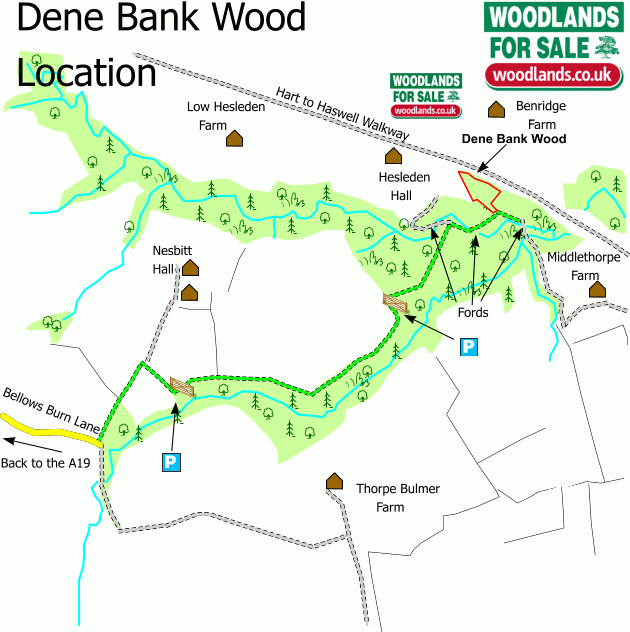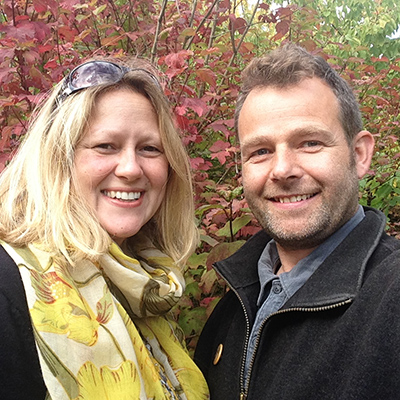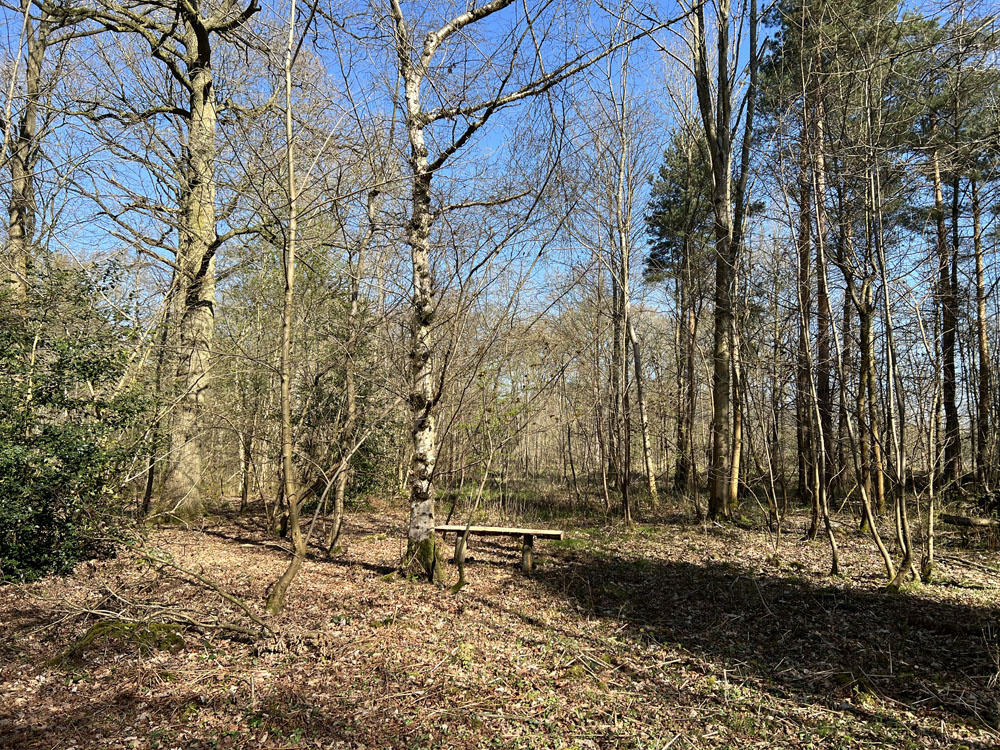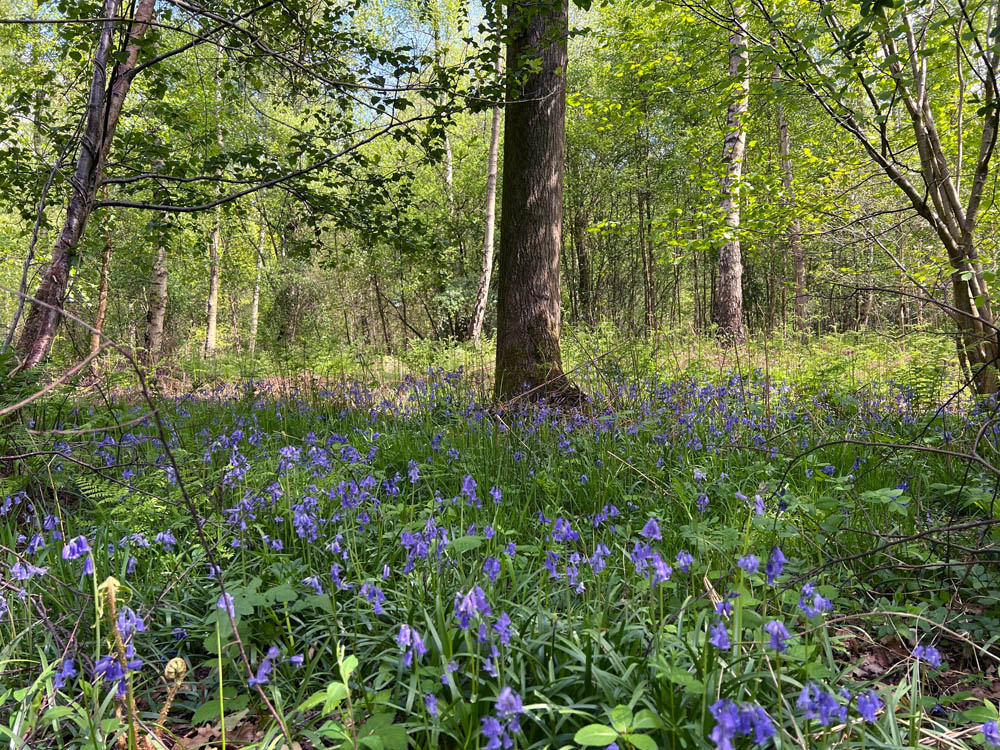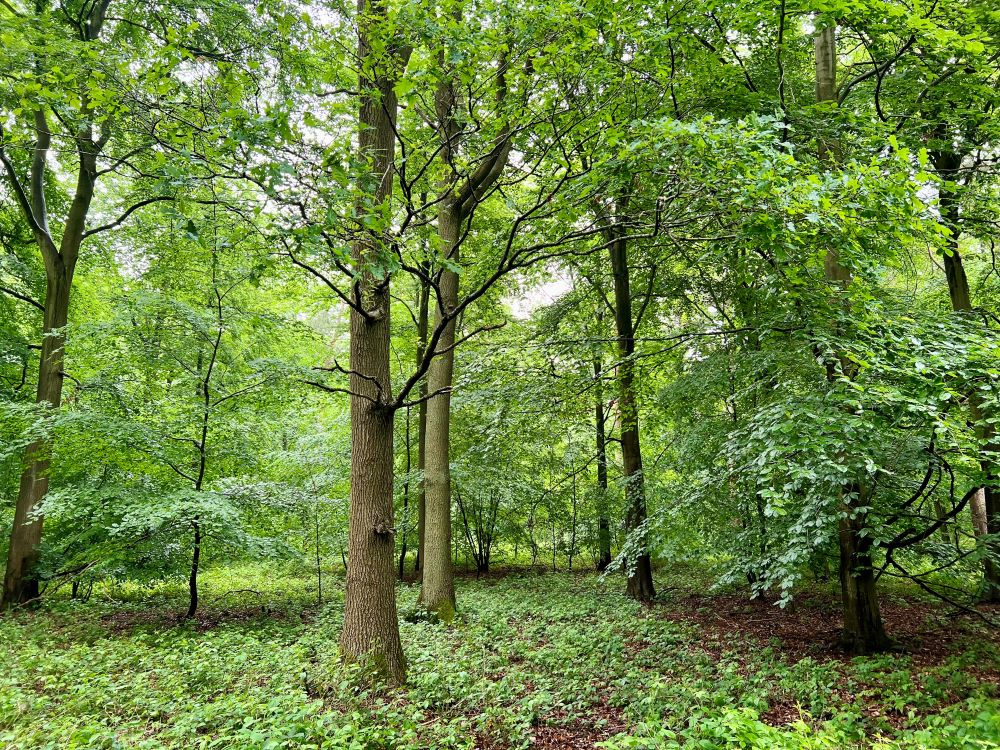Dene Bank Wood £65,000 Freehold
- Hart, Near Hartlepool, County Durham
- just over 4 ½ acres
- Northern England
-
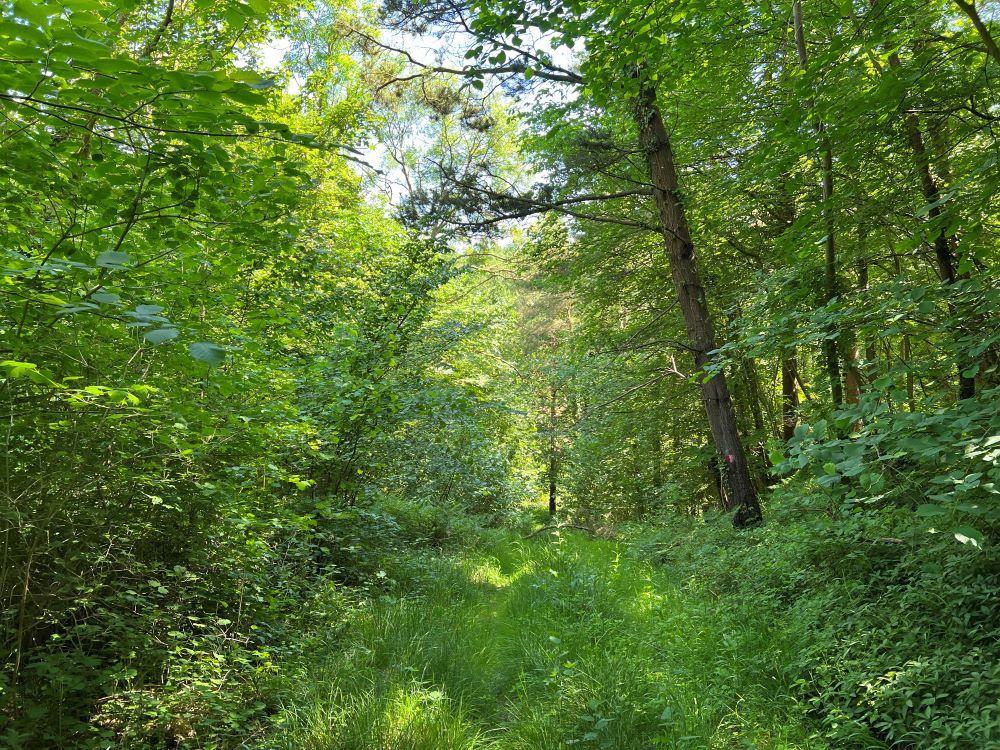
View down the internal track.
-

Track to the left, through the Dene.
-

King Alfred’s cakes growing on an ash log.
-

Wild Gooseberry bush found at the wood.
-

Dogs mercury and ferns carpet the woodland floor.
-

Path to the Hart to Haswell walkway.
-

Dene Bank Wood ride stop.
-

Path through Dene Bank Wood.
-

Ivy covers some of the tree trunks and provides great nest oppotunities.
-

Burn flowing in the dene bottom.
-

Fern leaves.
-
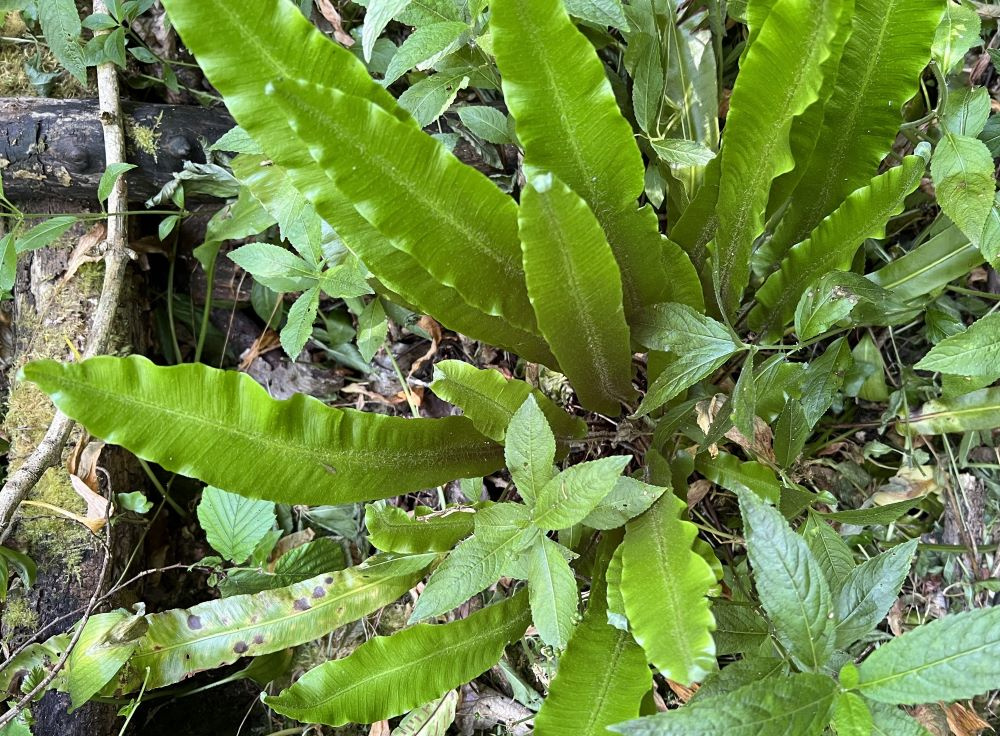
Hearts tongue fern.
-

Ride stop with grass track beyond.
-

Shared access gate, park here for viewing.
-

Shared track to the wood.
-

Ferns lining the side of the path.
-

View down the internal track.
-

Large old sycamore coppice stool.
-

First shared access gate.
-

Path to the Hart to Haswell walkway.
-
Description
Located on the edge of Silverhill Plantation, Dene Bank Wood is bordered by woodlands and grazing land and has a quiet and secluded feel. With mixed terrain, it has level areas, picturesque viewpoints gathering the sun, tracks and banks that slope down to a small stream. Although seasonal, it flows in all but the very driest weather, down through the wood, before it merges with Bellows Burn outside of the wood boundary.
The wood is a delightfully varied mix of broadleaved trees of various ages and a handful of pines. Coppiced stools of hazel, oak, and ash are dotted through, with sycamore, beech, wych elm and willow (following the line of the burn,) all contributing to a timeless quality.
Much of the woodland floor has native ferns, along with some large lady-fern and hart’s-tongue fern popping up here and there along the banks of the water course. Elsewhere, bramble, bracken and dog’s mercury – often an indicator of limestone soils, ivy and fragrant honeysuckle abound, twining up trees and offering nesting sites to birds and a food source to bees and other insects.
Trees
Oak, ash, sycamore, hazel, wych elm, willow, pine and beech.
Wildlife
A haven for birdlife in the shelter of the dene, with plenty of feeding opportunities, cover and nest sites, many species can be observed from buzzards overhead, sparrowhawks using the undulating landscape to hunt, tawny owls, woodcock and other game birds to small birds such as tits, robins and wrens.
Deer are frequent visitors too with roe deer using game trails through the wood. Brown hare are also present.
Features
- A small burn with ferns and willows.
- South facing banks.
- Some level areas.
- Lovely views into the Dene.
- A rustic bench with a pleasant outlook.
Access, tracks and footpaths
Access is from the A19 and then along Bellows Burn Road to the shared woodland entrance.
A shared stone track then gives access to the woodland via a ford across the burn. There is space to park at the entrance to the wood. From here, access around the wood is on foot, meandering up the bank through some clearer areas.
There is a public footpath within the wood, following the line of the burn. This path connects to the Hart to Haswell walkway which runs outside the northern boundary of the wood.
Rights and covenants
Activities
The wood is ideal for wildlife observation and conservation-based activities such as birdboxes or trail-cams.
More level areas may be suitable for occasional family camping or using as a base for coppice management operations and exploring the Durham Heritage Coast .
There is excellent coppicing potential for stick products for garden, allotment and craft use as well as opportunities for home firewood collection.
Local area and history
Although Hartlepool is a port with a rich industrial past, the surrounding landscape features pretty villages in rolling magnesian limestone hills, countryside that has seen little development. This area lay outside the Durham coalfield to the north.
The nearby village of Sheraton is situated by Bellows Burn, and now bisected by the A19 road. In medieval times there was a more sizable settlement here, first recorded in 1050 AD under the name 'Scurafaton'. In the 19th century Sheraton was part of the Parish of Monkhesleton. The open field system and archaeological remains are a scheduled ancient monument.
The dene is essentially a limestone gorge carpeted with layers of glacial clay, sand and gravel. It was carved by the water from melting ice at the end of the last period of glacial activity and reaches the coastline at the sands of Crimdon Dene Beach. Crimdon has been a popular place for holiday makers for many years. From the 1920’s miners came to Crimdon for their annual summer holidays. Crimdon Beach is a very important breeding ground for the Little Tern, one of Britain’s rarest sea birds. These birds arrive every year in May from West Africa and the site is monitored by volunteer wardens who erect temporary fencing to protect the eggs and chicks from predators.
Wood maps
Wood map
Boundaries
Are indicated by red markings on posts along the northern and eastern edges; all other boundary markings are on trees.
Find this wood
Location
- OS Landranger: OS No. 93
- Grid ref: NZ 465 370
- Nearest post code: TS27 4SB
- GPS coordinates: 54.7267, -1.27843
Location map
Directions
Directions
Just 8 miles from Harlepool and 13 miles from Durham.
- Turn right onto Bellows Burn Lane, signed to Hulam and Nesbitt, 1 mile north of the A179 Hartlepool exit.
- After 1-mile bare left and continue on Bellows Burn Lane.
- After 1/3 of a mile arrive at farm track on the right, do not continue straight on to Nesbitt Hall.
- Follow the farm track with hedge to the left down hill to the shared wood gate where there is a Woodlands for sale sign. There is space to park here without blocking the gate, then access is on foot following the track.
For vehicle access through the first gate contact Dan Watson on 07970 116515 for gate combination. Please keep the gate locked at all times.
- Follow the track for a little over half a mile until it bends sharp left and then park to the right or left of the track in the spaces provided.
- On foot, continue to follow the track, climb gate and walk into the wood.
- Continue straight on and down hill through the wood for about 500 metres following the track down hill and to the right before reaching a ford.
- Cross the ford and follow the track to the right. The ride stop for Dene Bank Wood is further 100 metres and to the left
How we support our buyers
Membership of the small woodland owners’ group
£300 for a woodland course of your choice
One year's free membership of the royal forestry society
Please note this wood is owned by woodlands.co.uk.
Our regional managers are often out working in our woodlands, so if you email an offer and want to be sure it has been received, please phone our manager on their mobile phone. The first offer at the stated price which is accepted, whether by phone or email, has priority.
Please take care when viewing as the great outdoors can contain unexpected hazards and woodlands are no exception. You should exercise common sense and caution, such as wearing appropriate footwear and avoiding visiting during high winds.
These particulars are for guidance only and, though believed to be correct, do not form part of any contract. Woodland Investment Management Ltd hereby give notice under section 21 of the Estate Agents Act 1979 of their interest in the land being sold.
A secluded, mainly deciduous woodland with a small stream, varied terrain, and lots of broadleaved trees.

























